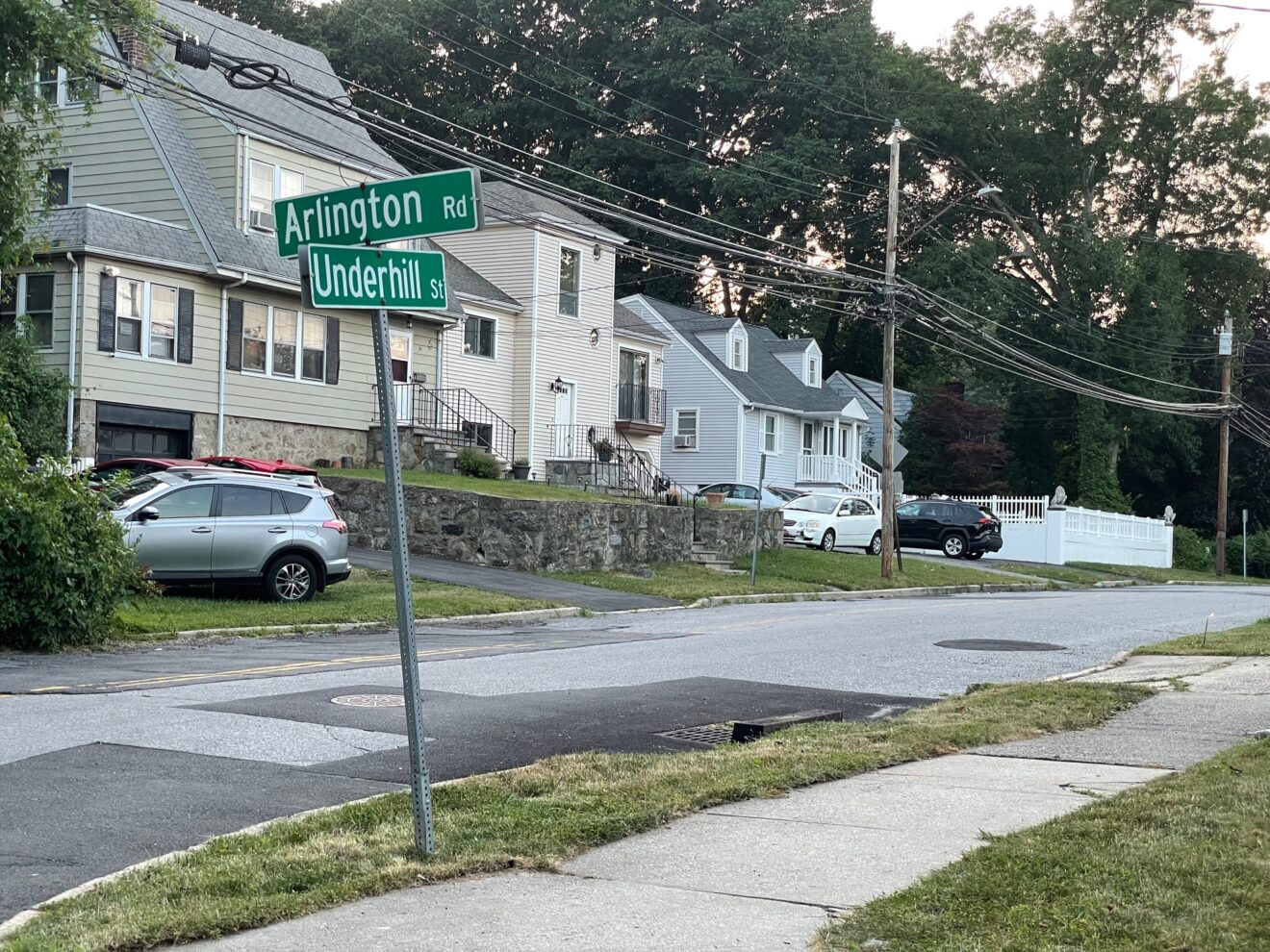STAMFORD – Before Megumi Yamada moved out of the falling Lofts apartment building, she described what she saw.
Cracks in the walls and ceilings that reappeared as soon as they were repaired. Buckl...
Haven’t subscribed yet? Click here to register.
CT Examiner is just $20 a year. And if you want to unsubscribe? That’s online and at the click of a button. No phone calls. No runaround. No hassle.
At less than a tenth the cost of our statewide competitors, our promise to you is no-nonsense federal, state, and local news that’s nonpartisan, respects your privacy and is ad-free.
Subscribe and see why CT Examiner is the fastest growing news source in Connecticut.
